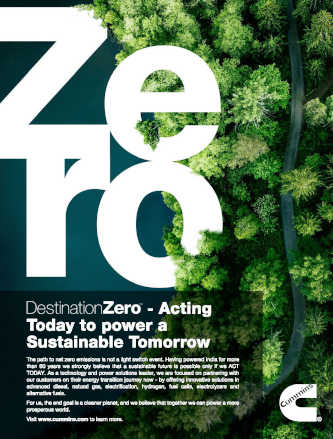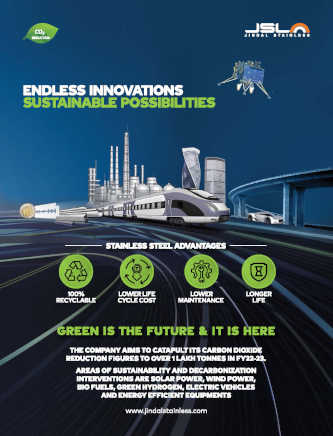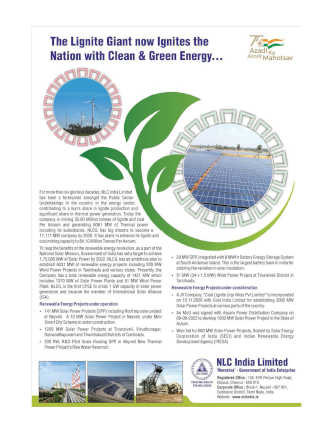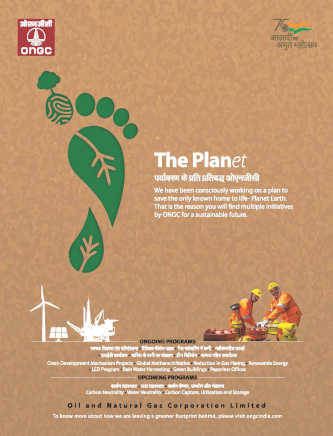
An energy revolution is underway. Globally, investments in renewables-based electricity capacity have beaten fossil fuels consecutively for the past three years. In India too, renewables have dominated power sector investments since 2015. For the past four years, much of the power sector investment in India and around the world has been in renewable energy. Yet, many investors remain wary of investing in renewable energy. This is particularly evident in developing countries, which have the largest potential for solar power and substantial potential for wind energy but are perceived as untenable markets for conservative investors. Why do clean energy investments remain risky, despite the trends? The simple response is risk. Renewable energy projects in emerging economies face several risks. Some are unique to the sector itself, such as technology risk, integration of a variable source of supply, etc., while others are rampant across sectors in emerging economies, such as currency risk, counterparty risk, political risk, etc. However, there is a third risk category that is playing spoilsport for clean energy markets in the emerging economies and that is the perception of risk. As in several new investment sectors, there is a delta between the perception of risk and real risks. This could be prohibitive, especially for certain investor categories, to invest in sectors perceived to be ‘risky’. It is further exacerbated by the paucity of sensible data and lack of coherence between actors. In order to respond to this growing need to bridge the information asymmetry in clean energy markets, not just with improved data, but also with clear and comprehensible communication between the energy and finance communities, CEEW (Council on Energy, Environment and Water) has initiated Centre for Energy Finance (CEEW-CEF). Energy and finance are the driving fuels of any economy, but there is a need for the two to intersect to enable an efficient energy transition. The CEEW-CEF is one of South Asia’s leading think tanks in this field. CEEW-CEF acts as a non-partisan market observer and driver; monitors, develops, tests, and deploys financial solutions to advance the energy transition. It aims to help deepen markets, increase transparency, and attract capital in clean energy sectors in emerging economies. It achieves this by comprehensively tracking, interpreting, and responding to developments in the energy markets while also bridging gaps between governments, industry, and financiers. The need for enabling an efficient and timely energy transition is growing in emerging economies. In response, CEEW-CEF focuses on developing fit-for-purpose market-responsive financial products. A robust energy transition requires deep markets, which need continuous monitoring, support, and course correction. By designing financial solutions and providing near-real-time analysis of current and emerging clean energy markets, CEEW-CEF builds confidence and coherence among key actors, reduces information asymmetry, and bridges the financial gap.
























